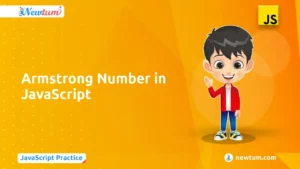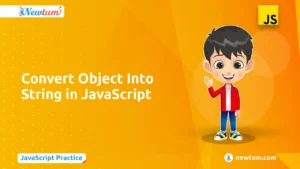Identifying repeating sequences in strings is a common problem in computer science. By analyzing a string to find its longest repeating sequence, we can solve various real-world problems like DNA sequence analysis, data compression, and pattern recognition. This blog will guide you through the process of finding the longest repeating sequence in a string using Java.
Code for Longest Repeating Sequence in a String in Java
public class RepeatingSequenceEx {
//Checks for the largest common prefix
public static String lcp(String s, String t){
int n = Math.min(s.length(),t.length());
for(int i = 0; i < n; i++){
if(s.charAt(i) != t.charAt(i)){
return s.substring(0,i);
}
}
return s.substring(0,n);
}
public static void main(String[] args) {
String str = "ananhffghkfjgffff";
String lrs="";
int n = str.length();
for(int i = 0; i < n; i++){
for(int j = i+1; j < n; j++){
//Checks for the largest common factors in every substring
String x = lcp(str.substring(i,n),str.substring(j,n));
//If the current prefix is greater than previous one then it takes the current one as longest repeating sequence
if(x.length() > lrs.length()) lrs=x;
}
}
System.out.println("Longest repeating sequence: "+lrs);
}
}
Explanation of the Code
The provided Java code finds the longest repeating sequence in a given string. Here’s a detailed explanation of how it works:
- Class and Method Definitions: The class RepeatingSequenceEx is defined, containing a method lcp and the main method.
- Longest Common Prefix Method (lcp):
- This method calculates the longest common prefix (LCP) of two strings.
- It determines the shorter length of the two strings to set the iteration limit.
- It iterates over the characters of both strings up to the determined length.
- If the iteration finds a mismatch, it returns the substring from the beginning to the mismatch index.
- If no mismatch is found, it returns the substring up to the determined length.
- Main Method:
- The main method initializes a string and a variable to hold the longest repeating sequence.
- It iterates over all possible pairs of substrings in the string.
- For each pair of substrings, it calls the lcp method to find the longest common prefix.
- If the length of this prefix is greater than the current longest repeating sequence, it updates the longest repeating sequence.
- Output the Longest Repeating Sequence:
- After the iteration completes, the longest repeating sequence is printed to the console.
Dive into How to Count Characters in String in Java Now!
Output
Longest repeating sequence: fffReal-Life Applications
- DNA Sequence Analysis: Identifying repeating patterns in DNA sequences helps in understanding genetic markers and mutations.
- Data Compression: Algorithms like Lempel-Ziv-Welch (LZW) use repeating sequences to efficiently compress data.
- Text Data Analysis: Detecting plagiarism, summarizing documents, and clustering text rely on finding repeating sequences.
- Pattern Recognition in Log Files: Analyzing log files for repeating patterns helps in identifying errors or potential security threats.
- Speech and Audio Processing: Recognizing repeating audio patterns aids in tasks like speaker recognition and music transcription.
- Image Processing: Identifying repeating patterns in images assists in texture analysis and object recognition.
Check out our blog on How to Find Duplicate Characters in a String Java Today!
Practical Scenario: Detecting Fraudulent Patterns in Banking Transactions
Company Example: A leading financial institution such as JPMorgan Chase or Wells Fargo uses the “Longest Repeating Sequence in a String” algorithm to enhance fraud detection systems.
Scenario: The bank monitors transaction logs encoded as strings, where each character represents a specific type of transaction (e.g., deposits, withdrawals, transfers). Fraudsters often follow repetitive patterns in their actions to exploit loopholes, such as withdrawing small amounts multiple times to avoid detection thresholds.
For instance, the transaction string might look like:WTWDWTWDWTW... (W = Withdrawal, T = Transfer, D = Deposit)
By identifying the longest repeating sequence, such as WTW, the bank can:
- Detect suspicious behaviors indicating automation or scripted attacks.
- Flag accounts for further review before major financial losses occur.
This approach helps strengthen anti-fraud mechanisms while reducing false positives, ensuring better service for genuine customers.
Conclusion
Finding the longest repeating sequence in a string is crucial for various applications such as data analysis, compression, and pattern recognition. The provided Java code efficiently identifies these sequences, making it valuable for developers and researchers. Experiment with different strings to observe how the code performs, and explore advanced topics in string algorithms to enhance your understanding. For more programming resources, check out Newtum’s comprehensive blogs and courses.



